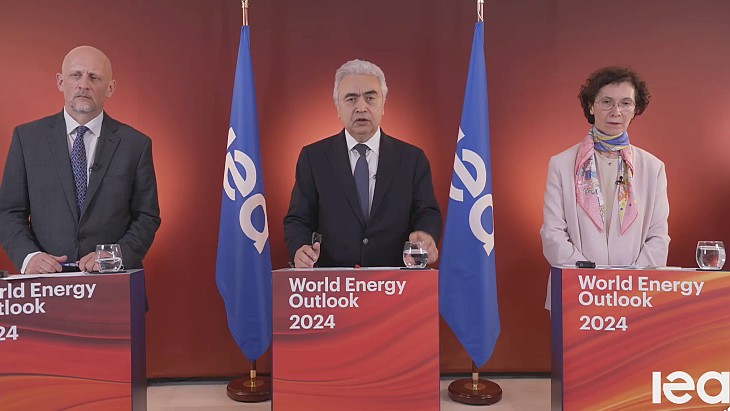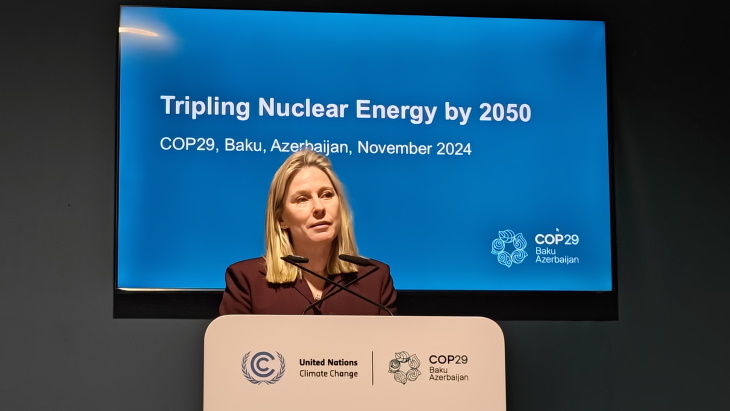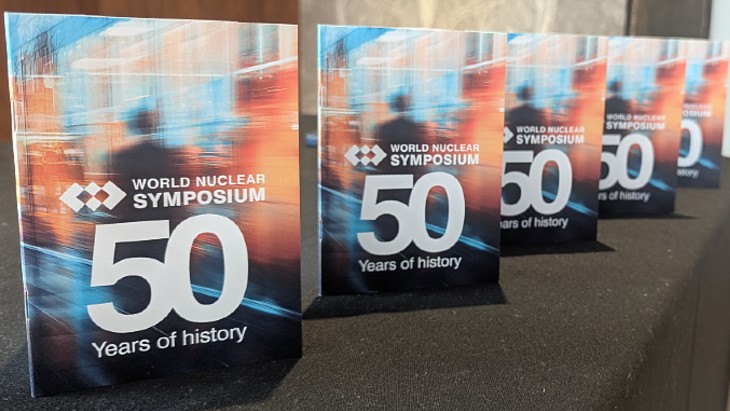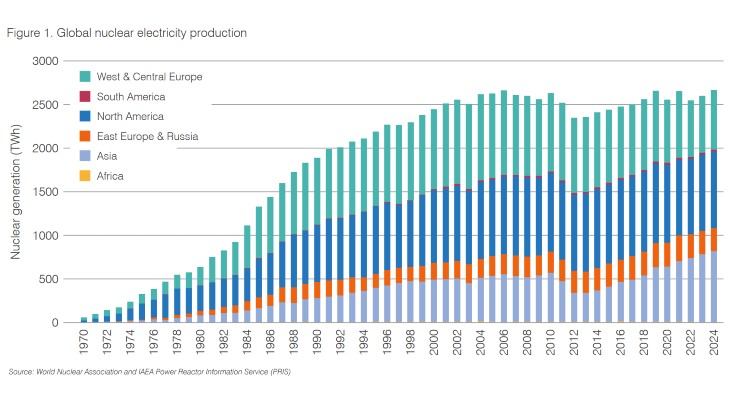Scientists at the Woods Hole Oceanographic Institution (WHOI) have for the first time detected the presence of small amounts of radioactivity from the 2011 Fukushima Daiichi nuclear power plant accident in a seawater sample from the shoreline of North America.
But the sample - which was collected on 19 February in Ucluelet, British Columbia - contained trace amounts of cesium (Cs) -134 and -137 that were "well below internationally established levels of concern to humans and marine life", the Massachusetts-based organization said.
The WHOI scientists, with the help of citizen volunteers, have collected samples at more than 60 sites along the US and Canadian West Coast and Hawaii over the past 15 months for traces of radioactive isotopes from Fukushima. Last November, the team reported their first sample containing detectable radioactivity from Fukushima taken 100 miles (150 km) off shore of Northern California. However, no radiation had yet been found along any of the beaches or shorelines where the public has been sampling since 2013.
.jpg) |
| Satellite measurements of ocean temperature and the direction of currents help show where radionuclides from Fukushima are transported (Image: WHOI) |
"Radioactivity can be dangerous, and we should be carefully monitoring the oceans after what is certainly the largest accidental release of radioactive contaminants to the oceans in history," Ken Buesseler, a marine chemist at WHOI who has been measuring levels of radioactivity in seawater samples from across the Pacific since 2011 said on 6 April. "However, the levels we detected in Ucluelet are extremely low."
Scientists at WHOI are analyzing samples for two forms of radioactive cesium.
The Fukushima reactors added "unprecedented amounts" of cesium-137 into the ocean, as well as equal amounts of cesium-134. Cesium-137 has a 30-year half-life. This means it takes 30 years for one-half of the cesium-137 in a sample to decay. Because cesium-134 has a two-year half-life, any cesium-134 detected in the ocean today can only have been added recently - and the only recent source of cesium-134 has been Fukushima, WHOI said.
The Ucluelet sample contained 1.4 Becquerels per cubic meter (Bq/m3) - the number of decay events per second per 260 gallons of water - of cesium-134 and 5.8 Bq/m3 of cesium-137. These levels are comparable to those measured 100 miles off the coast of Northern California last summer, WHOI said.
"If someone were to swim for six hours a day every day of the year in water that contained levels of cesium twice as high as the Ucluelet sample, the radiation dose they would receive would still be more than one thousand times less than that of a single dental x-ray," it said.
Buesseler has had to rely on a crowd-funding and citizen-science initiative known as "Our Radioactive Ocean" to collect samples because no US federal agency is responsible for monitoring radiation in coastal waters, WHOI said.
"We expect more of the sites will show detectable levels of cesium-134 in coming months, but ocean currents and exchange between offshore and coastal waters is quite complex," said Buesseler, "Predicting the spread of radiation becomes more complex the closer it gets to the coast and we need the public's help to continue this sampling network."
WHOI is a private, independent organization on Cape Cod focused on marine research, engineering, and higher education.
Researched and written
by World Nuclear News




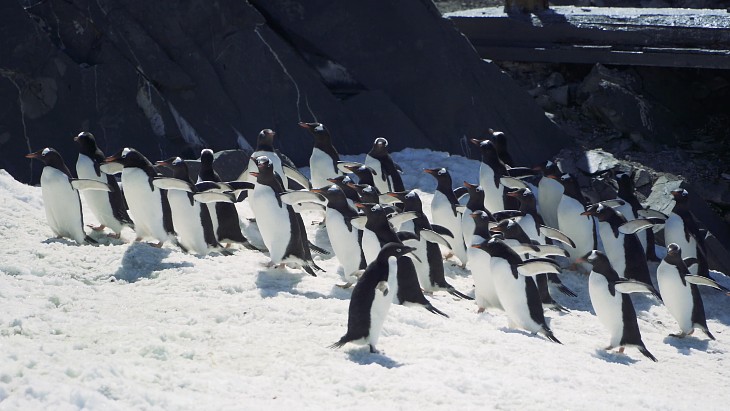
_99697.jpg)
